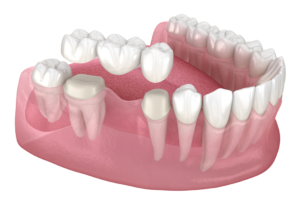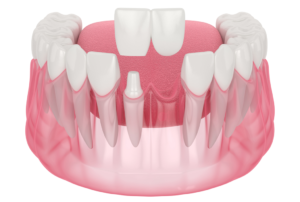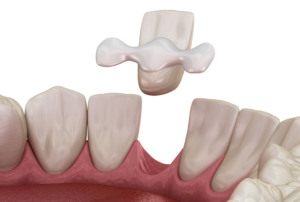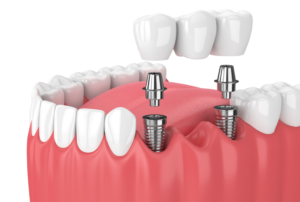Selecting the right toothpaste is important for maintaining good oral health. With many options available on the market, it can be overwhelming to make the right choice. However, understanding your individual needs and considering important factors can simplify the decision-making process. In this blog, we’ll provide a comprehensive guide on choosing the right toothpaste for your specific requirements.
Consider Your Oral Health Needs
The first step in choosing the right toothpaste is to assess your oral health needs. Different individuals have varying concerns, such as sensitive teeth, gum problems, or a desire for teeth whitening. Here’s a breakdown of everyday oral health needs and the toothpaste types that can address them:
- Sensitive Teeth: If you experience tooth sensitivity to hot, cold, or sweet foods, look for toothpaste labeled “for sensitive teeth.” These toothpaste varieties typically contain potassium nitrate or strontium chloride to desensitize nerve endings.
- Gum Health: For gum issues like gingivitis or bleeding gums, consider a toothpaste designed for gum health. These may contain stannous fluoride or herbal extracts known to soothe and strengthen gums.
- Whitening: If you want to brighten your smile, opt for a toothpaste containing mild abrasives or hydrogen peroxide to remove surface stains.
- Cavity Prevention: Look for fluoride-based toothpaste as it is a key ingredient for cavity prevention.
- Tartar Control: To combat tartar buildup and prevent the formation of hard-to-remove plaque, select toothpaste with anti-tartar ingredients like pyrophosphates or zinc citrate.
Check for ADA Approval
When shopping for toothpaste, look for the American Dental Association (ADA) Seal of Acceptance. This seal indicates that the toothpaste has undergone rigorous testing and meets the ADA’s standards for safety and effectiveness.
Here’s the ADA‘s list of approved dental goods in case you need a cheat sheet!
Examine the Ingredients
Understanding the ingredients in toothpaste can help you make an informed choice. Common ingredients found in toothpaste include fluoride, mild abrasives like hydrated silica or calcium carbonate, humectants to keep the toothpaste from drying out, flavoring agents, preservatives chemicals like parabens and sodium benzoate, desensitizing agents which include potassium nitrate or strontium chloride and, in some toothpaste, herbal extracts like aloe vera or chamomile for added benefits.
Consult a Dentist
If you have specific oral health concerns or are unsure which toothpaste is best for you, consult the dentist. They can provide personalized recommendations based on your oral health needs, medical history, and any existing dental conditions.
Conclusion
Though selecting a toothpaste for you or your family might seem simple, it is crucial to give it thought as it impacts your long-term oral health. While choosing the right toothpaste, make sure to consider your specific oral health needs, check for ADA approval, examine the ingredients, and above all, don’t hesitate to consult your dentist for guidance. By following these steps and consulting our professional dental experts at Bravo! Dental, you can confidently select a toothpaste that supports your oral health goals and keeps your smile bright and healthy.














